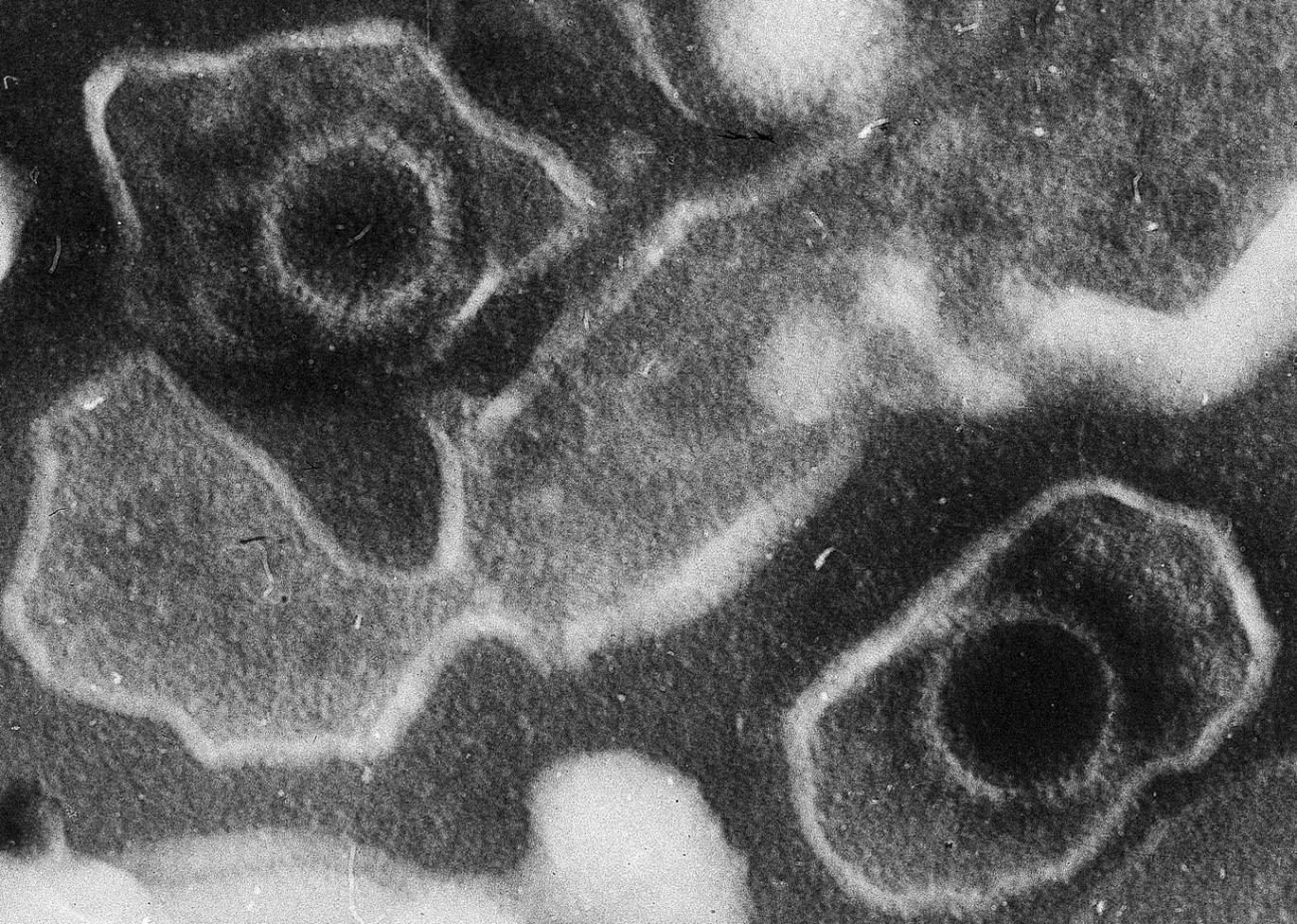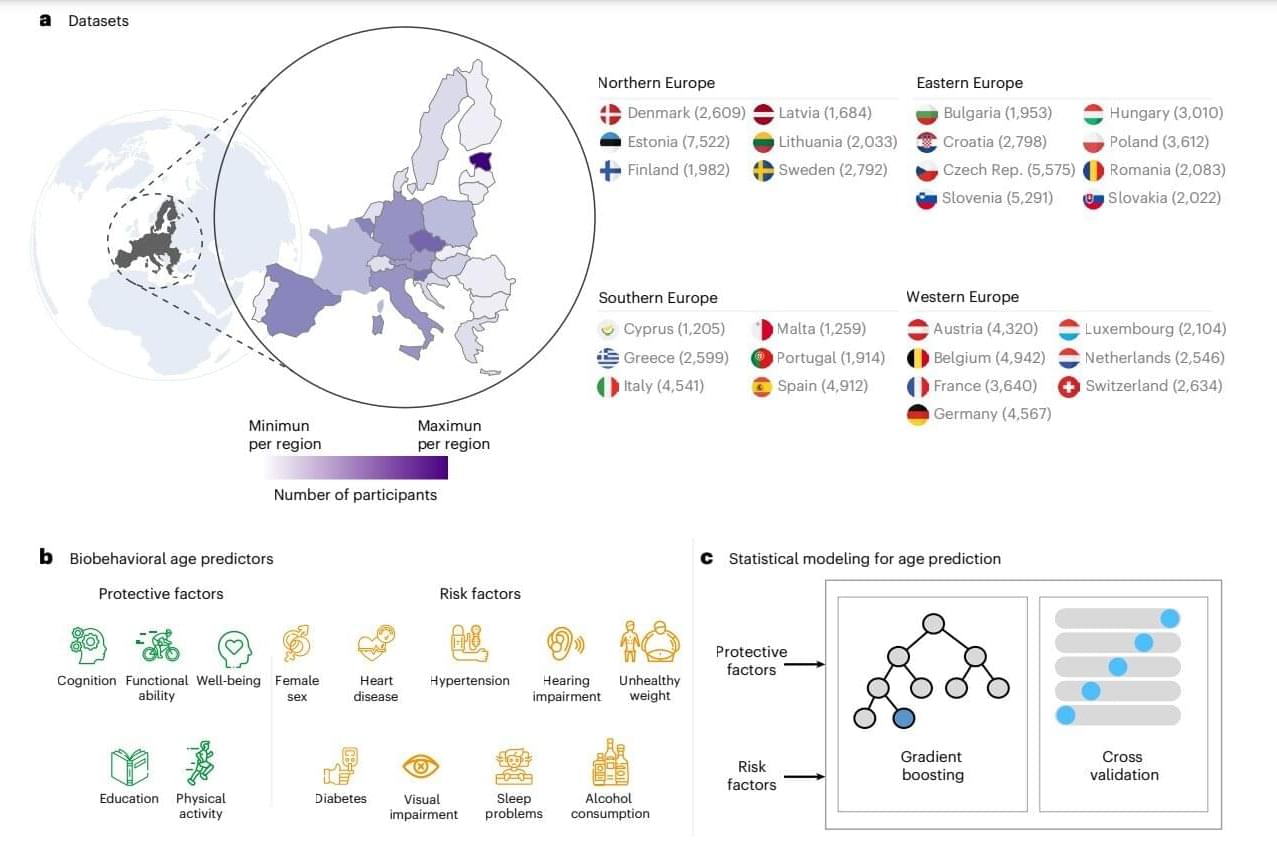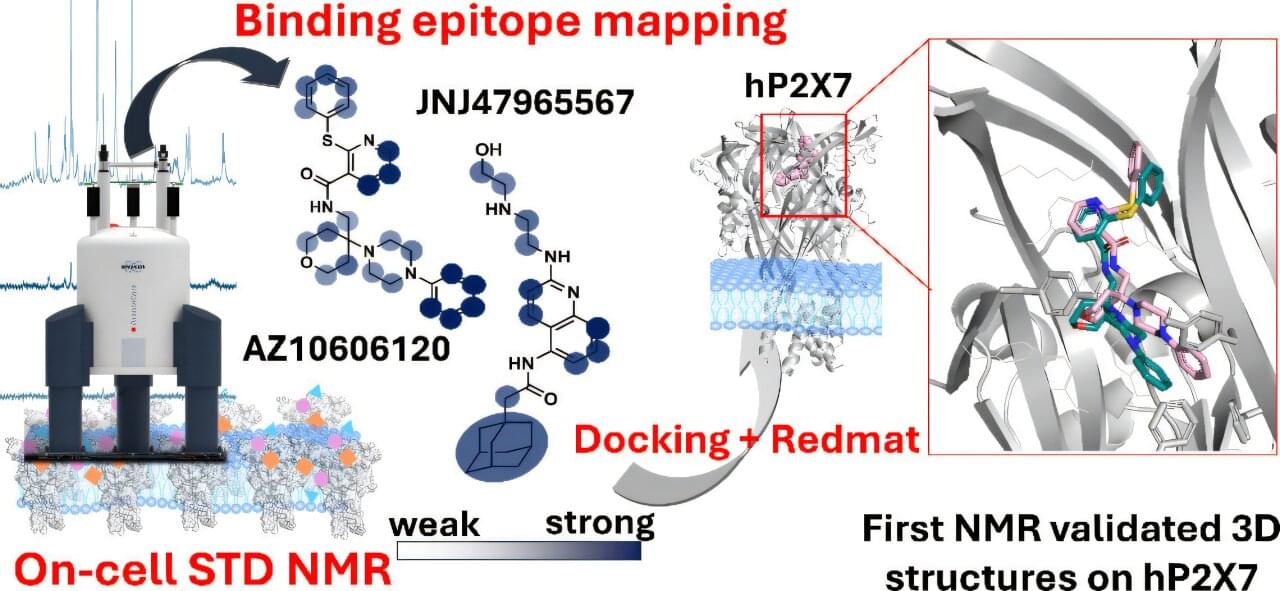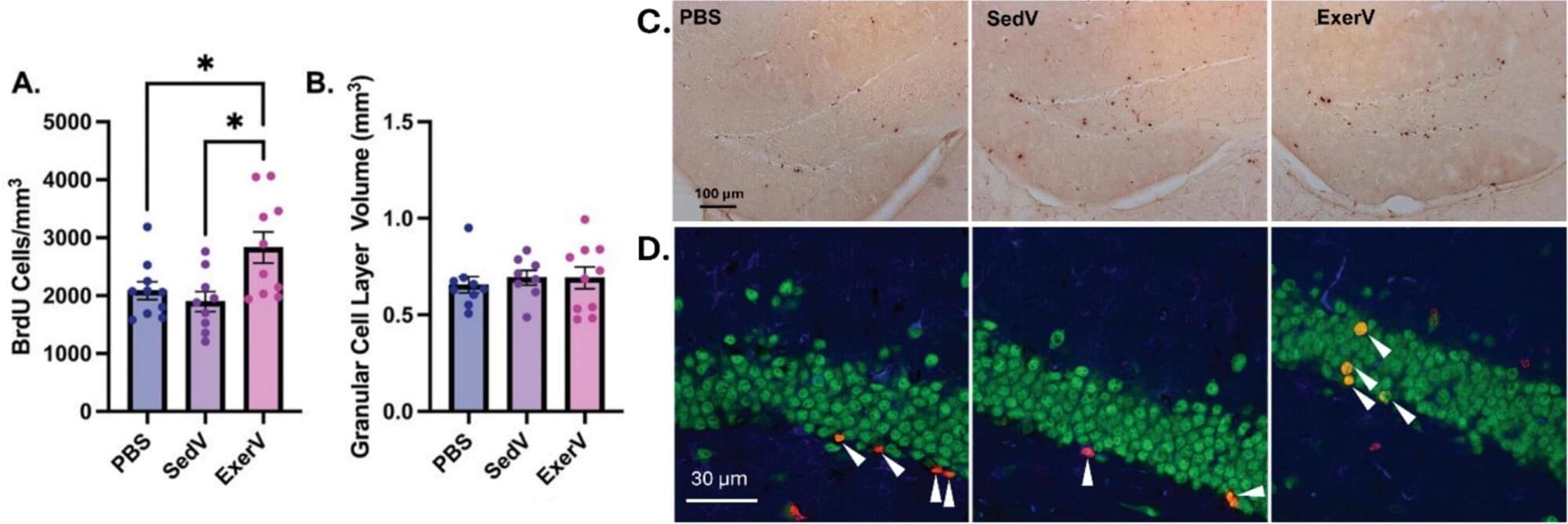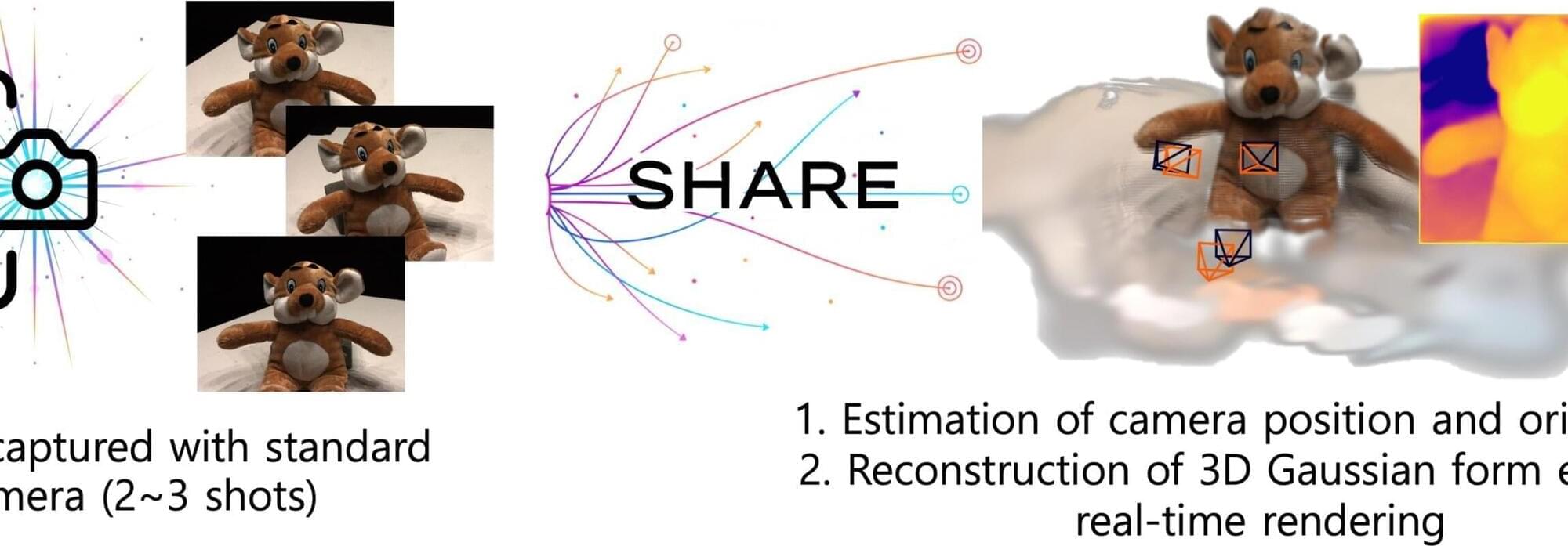One of humanity’s most ubiquitous infectious pathogens bears the blame for the chronic autoimmune condition called systemic lupus erythematosus (lupus), Stanford Medicine investigators and their colleagues have found.
The Epstein-Barr virus (EBV), which resides silently inside the bodies of 19 out of 20 Americans, is directly responsible for commandeering what starts out as a minuscule number of immune cells to go rogue and persuade far more of their fellow immune cells to launch a widespread assault on the body’s tissues, the scientists have shown.
The work is published in the journal Science Translational Medicine.
